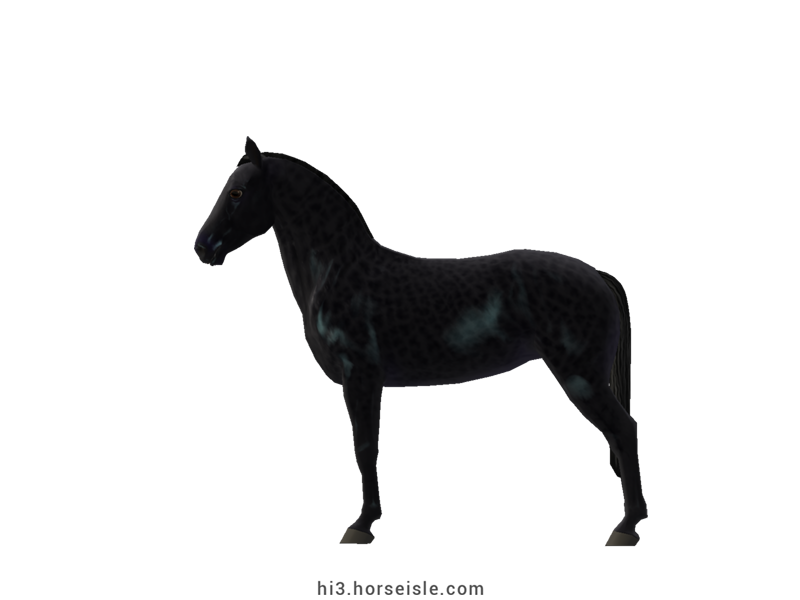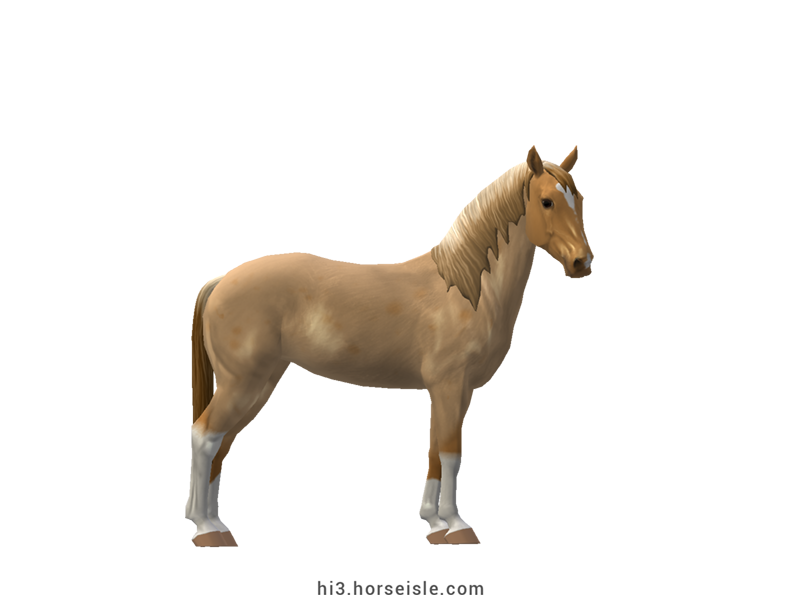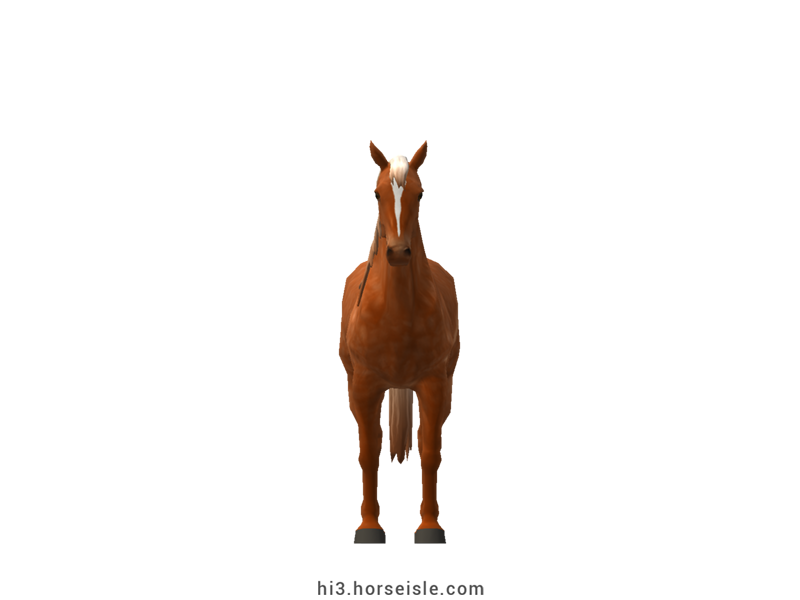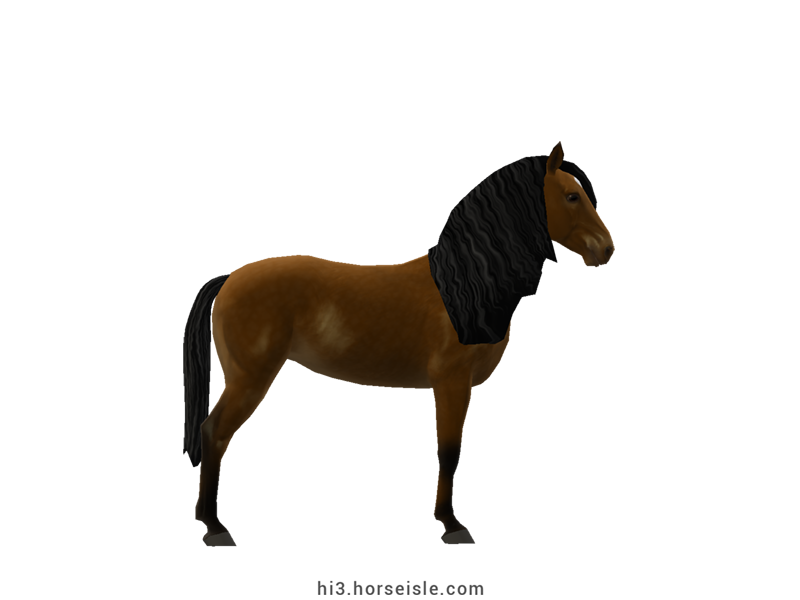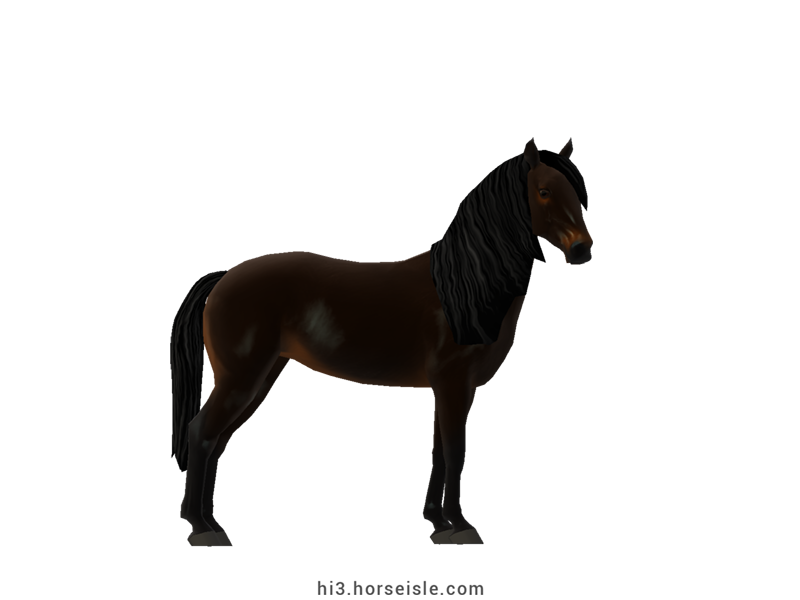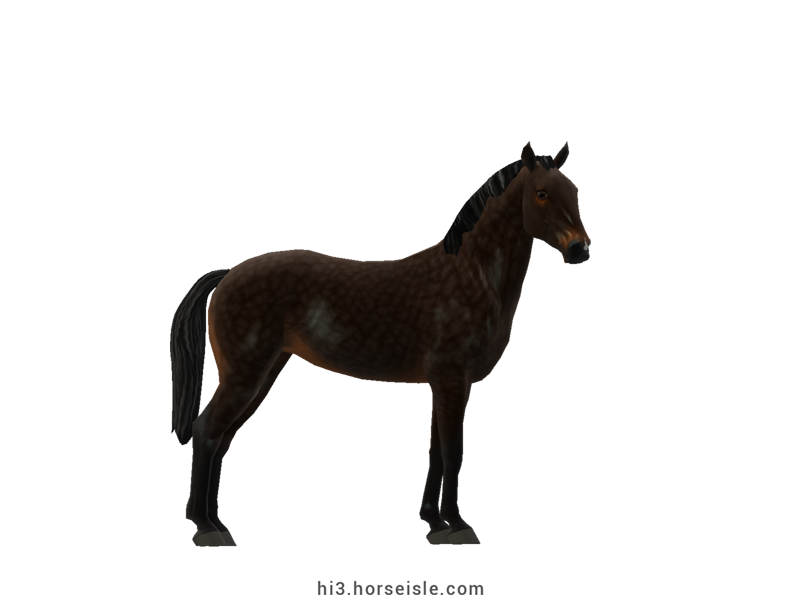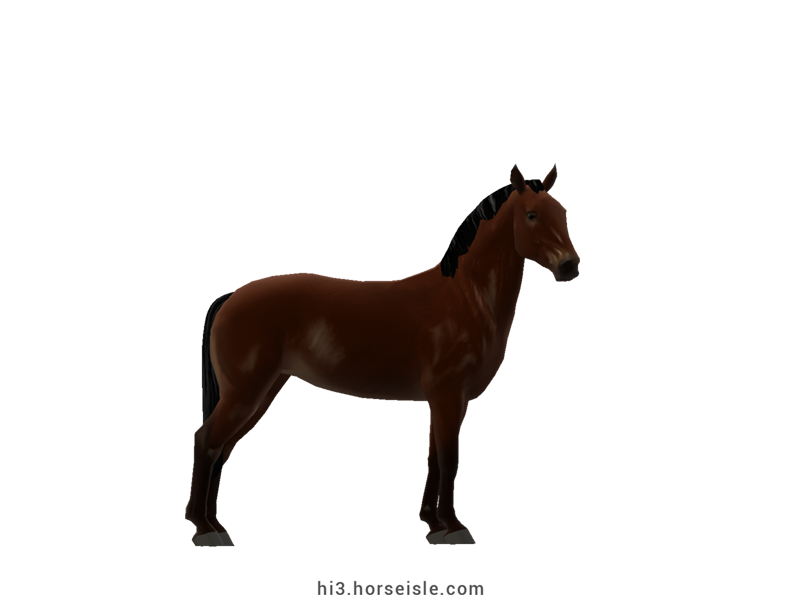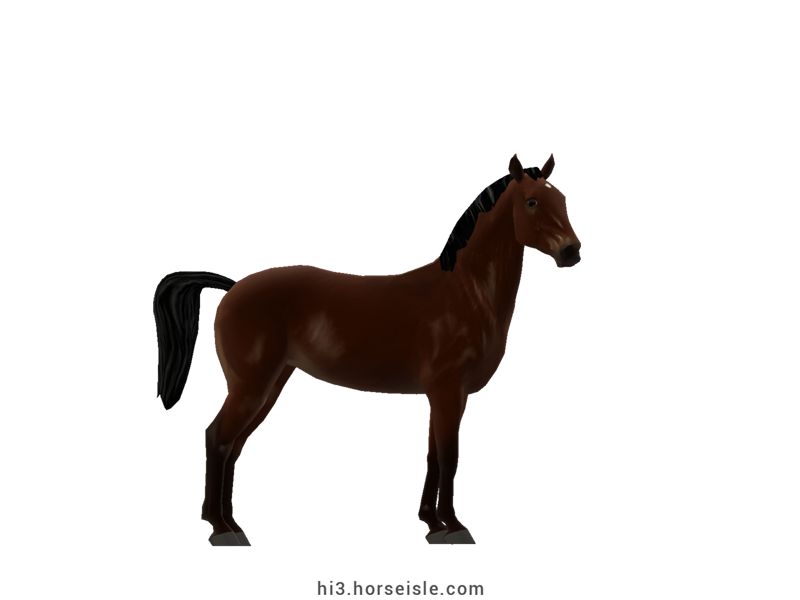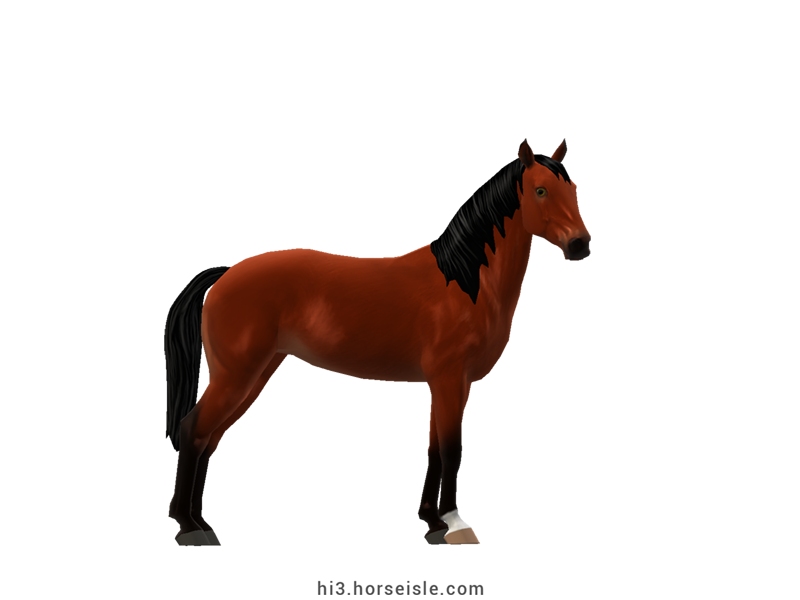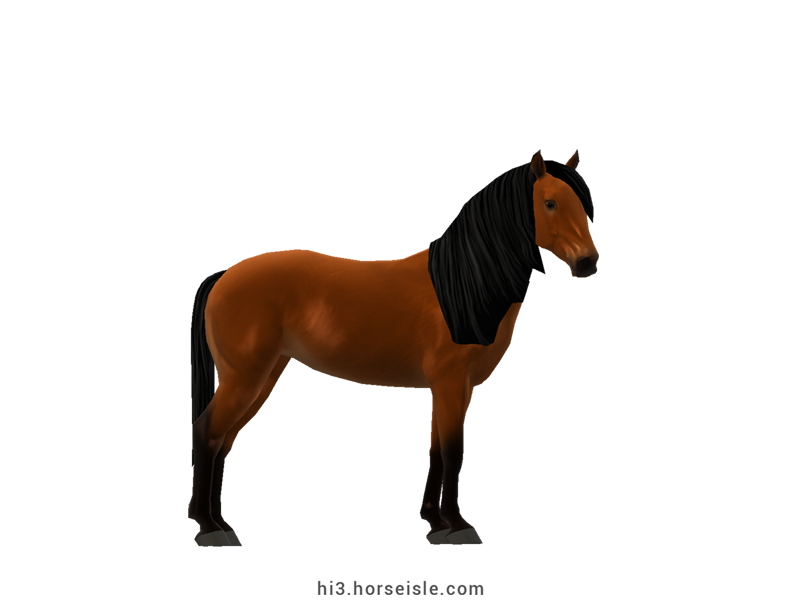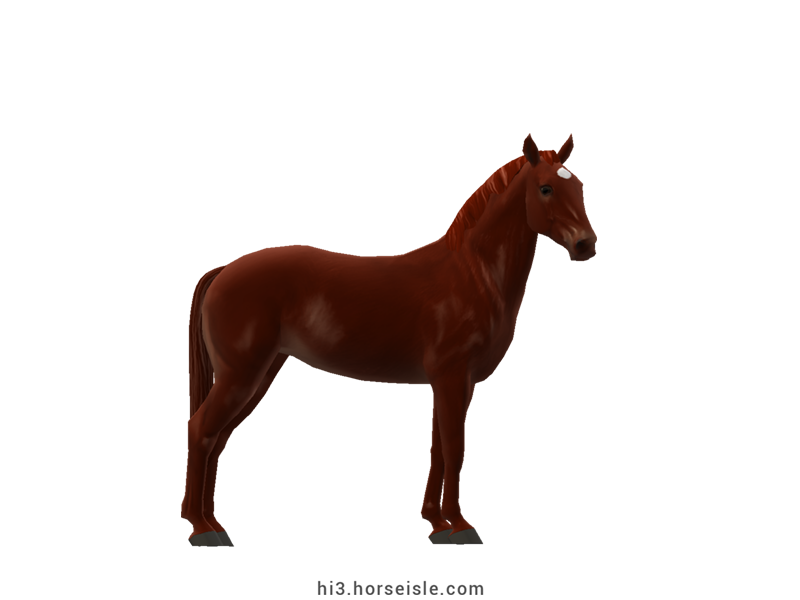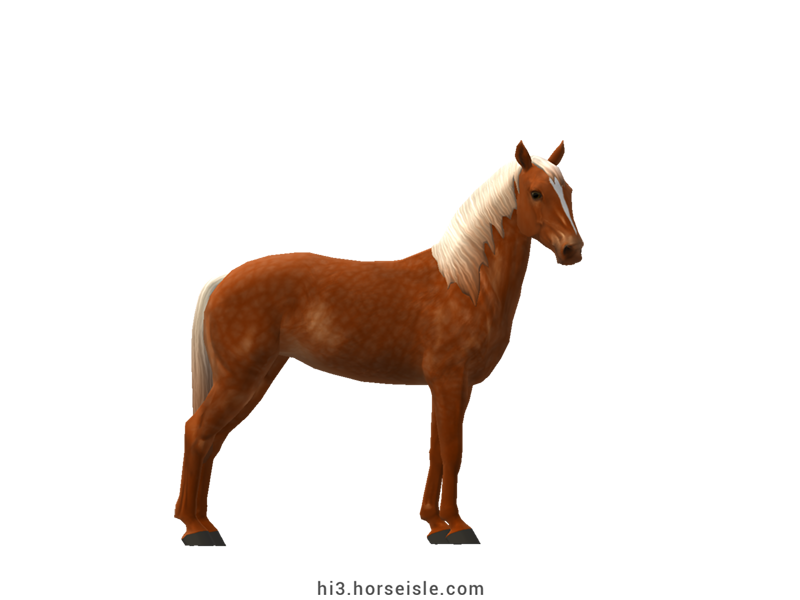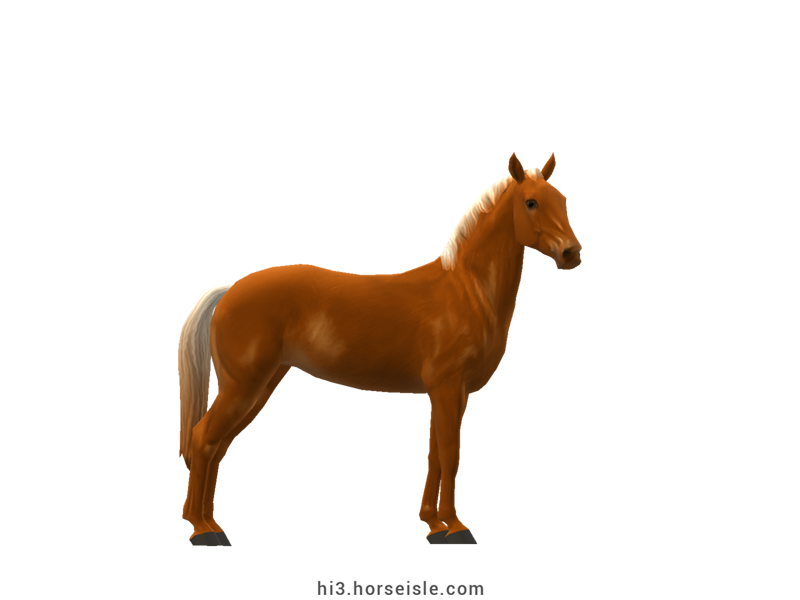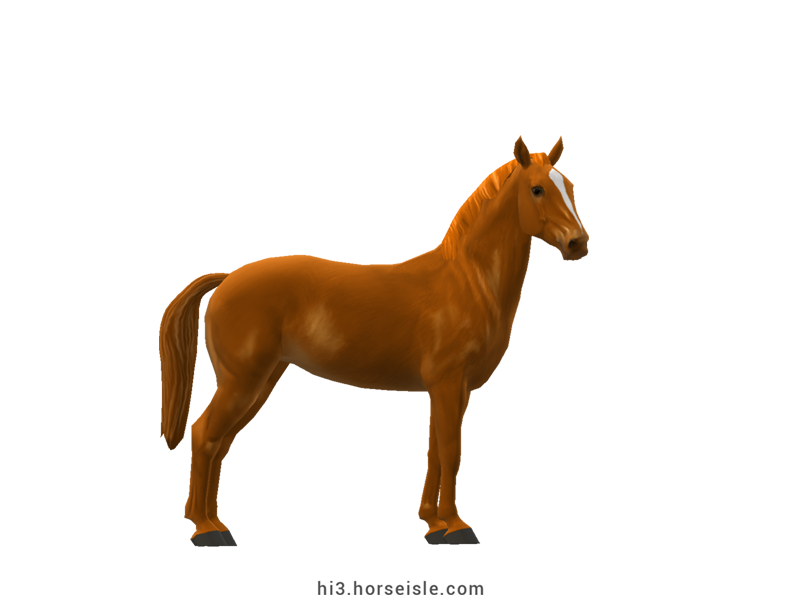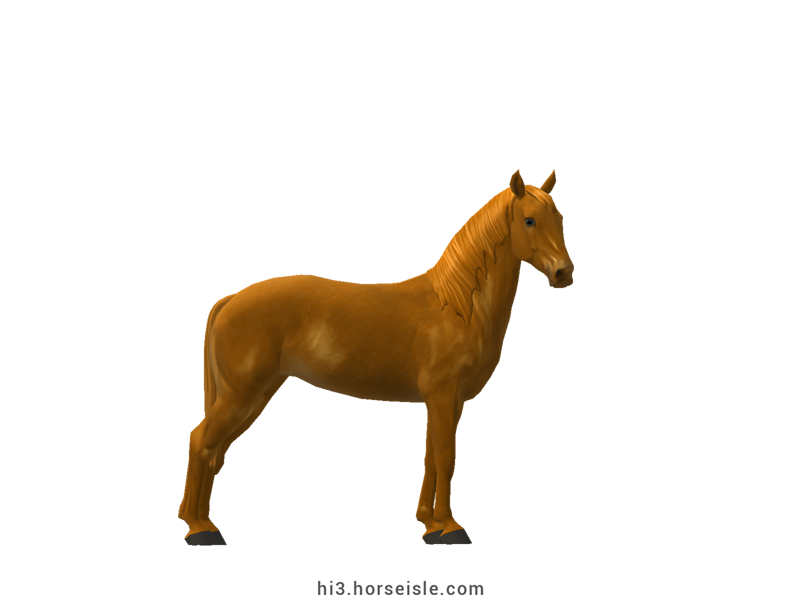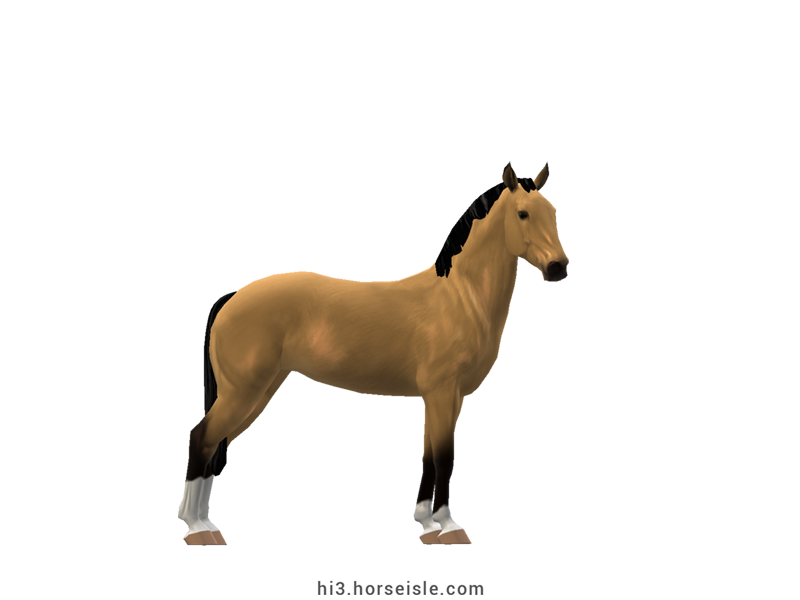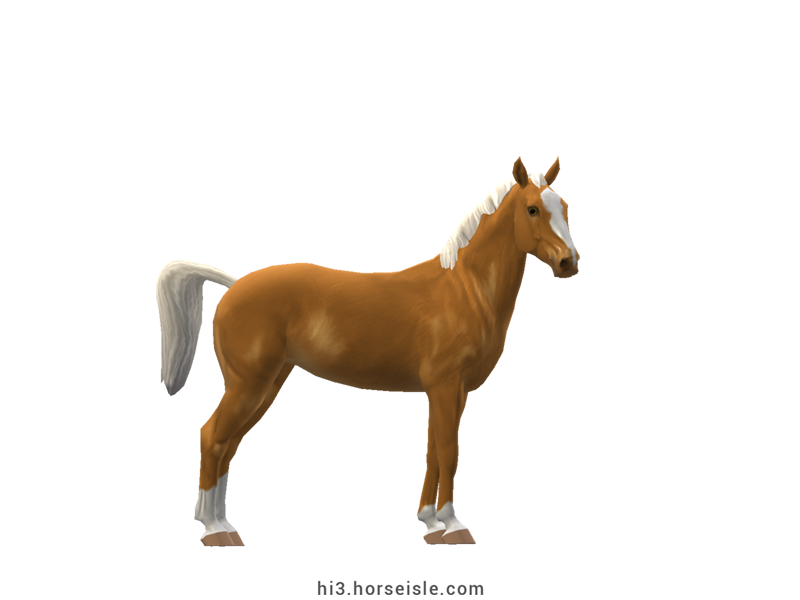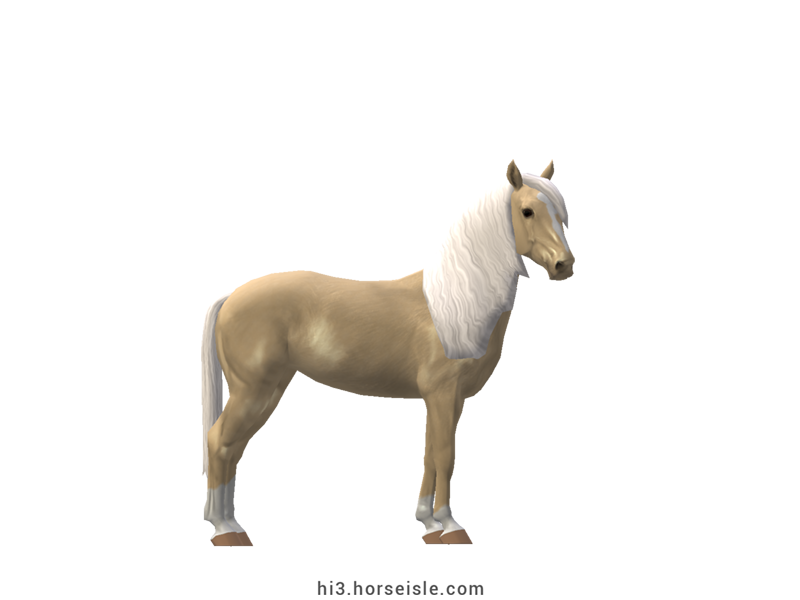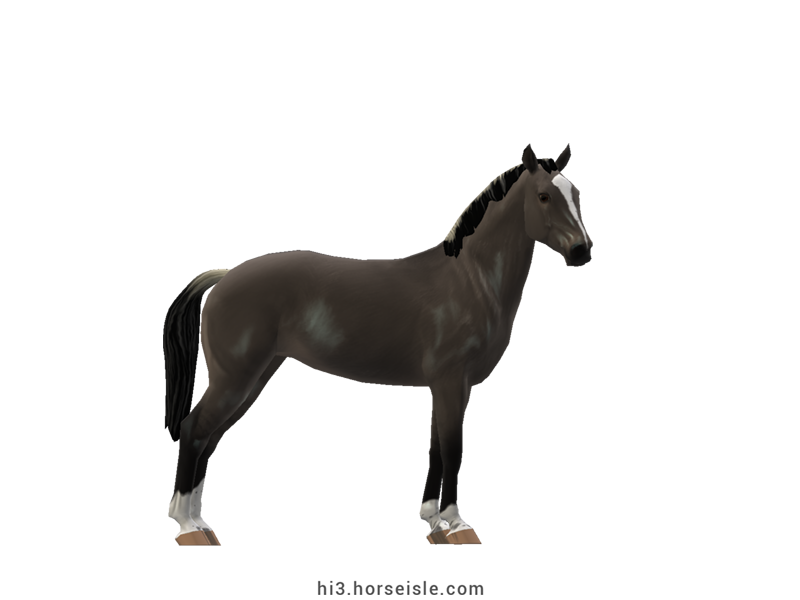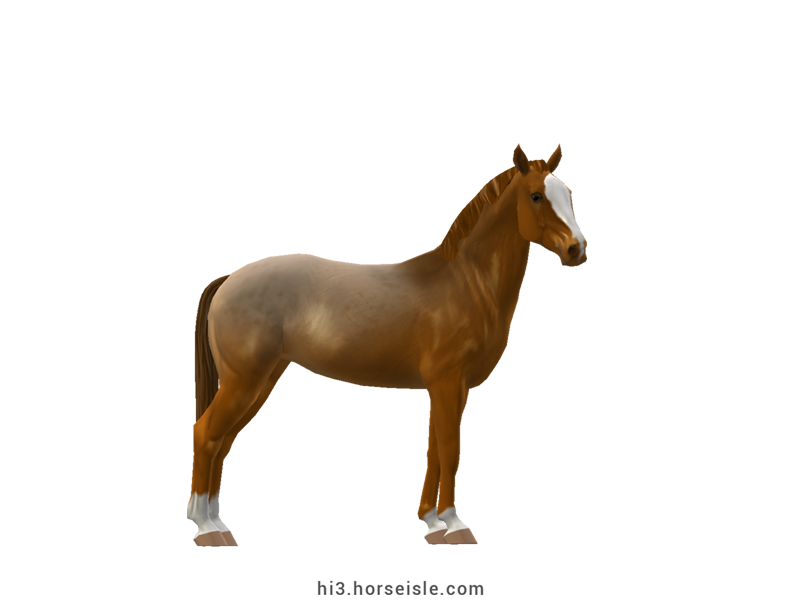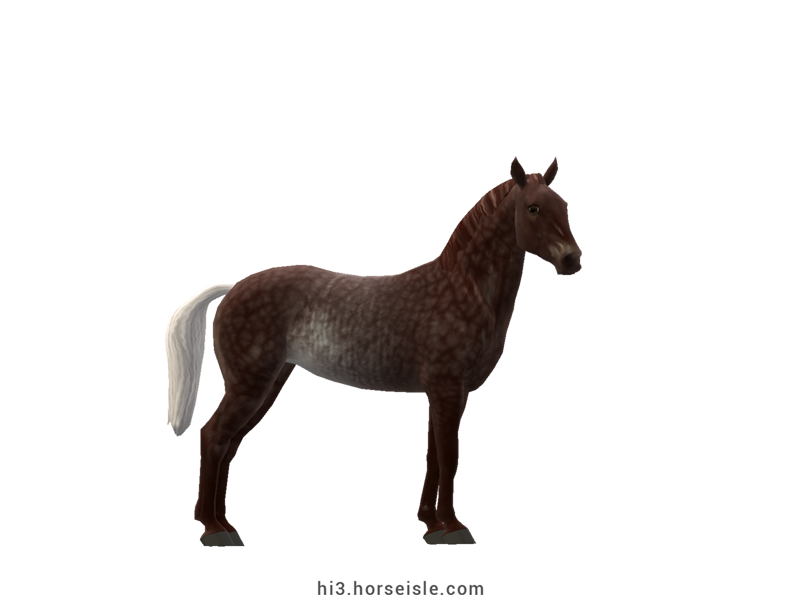Our Massive Real World Equine Reference!
[ INDEX ] Equine Type: Horse Breed: Cape Boerperd [ PREV ] [ NEXT ]
The Cape Boerperd vs. the South African Boerperd:
While the Cape Boerperd descended from the South African Boerperd, and although the two have somewhat similar names and somewhat similar appearances, the Cape Boerperd and the South African Boerperd are still different breeds.
See the 'South African Boerperd' for more in-depth information.
The 'saddlebred' Boerperd:
Until the 20th century, there was only one type, or breed, of "Cape Horse", and that was the South-African Boerperd.
Following the Anglo-Boer War, which ended in 1902, many South-African Boerperds were crossed with Morgans, Hackneys, and, above all, American Saddlebreds. The latter greatly influenced the conformation of the South-African Boerperd, to a point where a new breed was created: the Cape Boerperd.
Both the Cape Boerperd and the South-African Boerperd exist today.
The Cape Boerperd today:
Today, the breeding of Cape Boerperds is localized to South Africa but the numbers of this breed are stable. Cape Boerperds are used for pleasure-driving and pleasure-riding classes.
Breeding of Cape Boerperds in Horse Isle:
In Horse Isle, Cape Boerperds can be bred by crossing a South-African Boerperd with an American Saddlebred, or by crossing two Cape Boerperds. However, breeders should note that this breed has a closed studbook, to accommodate the current breeding regulations of the Cape Boerperd.
Conformation:
The conformation of the Cape Boerperd is almost identical to that of the American Saddlebred. As such, it has a straight profile, large eyes, long pointed ears, a long high-set neck which is often held high, a short back, a flat croup, and large hooves.
The mane is usually short or medium in length, although in rare cases it can grow long. The hair of both mane and tail can be either straight or wavy.
Performance metrics:
The following are the: range, average, (SD), and MOE of performance metrics of ordered Cape Boerperds in Horse Isle (not bred ones). In rare cases,
Speed: 15.0-16.6, 15.8 (0.3), 0.07.
Sprint: 44-60, 50 (3), 0.55.
Accel: 0.89-1.09, 1.00 (0.05), 0.01.
Decel: 0.88-1.04, 0.96 (0.04), 0.01.
Jump: 5.04-5.33, 5.17 (0.06), 0.01.
Pull: 1.84-2.56, 2.20 (0.15), 0.03.
Turning: 50.93-66.39, 58.94 (3.18), 0.62.
Reverse: 2.6-3.3, 2.9 (0.1), 0.03.
Stamina: 46.20-51.41, 48.75 (1.19), 0.23.
Reaction: 0.75-0.85, 0.80 (0.02), 0.00.
Coats & Height:
Colors: bay, black, brown, chestnut, grey, buckskin, palomino, smoky black, and, in rare cases, dun.
Cream note: avoid crossing two cream-diluted individuals as double-cream dilutes are banned from registration.
Additionals: flaxen, linebacked, rabicano, roan, sooty, dark mane & tail. The coat is always solid.
Pinto note: pinto horses are banned from registration, so in case of using American Saddlebreds for breeding Cape Coerperds, avoid picking pinto ones.
Height: 14hh to 16hh.
[ INDEX ] [ PREV ] [ NEXT ]

